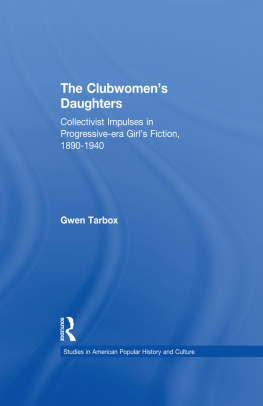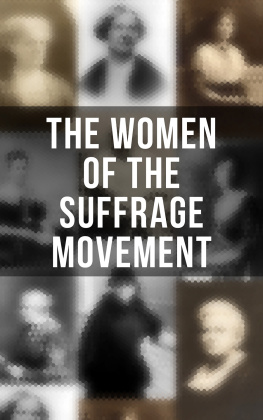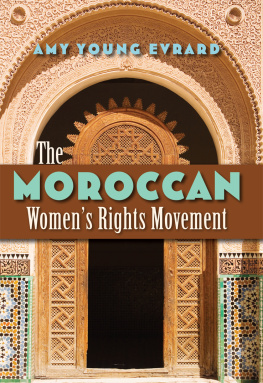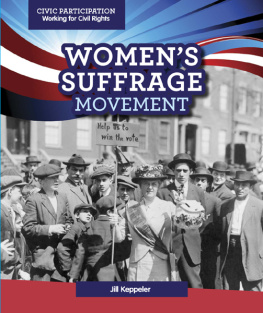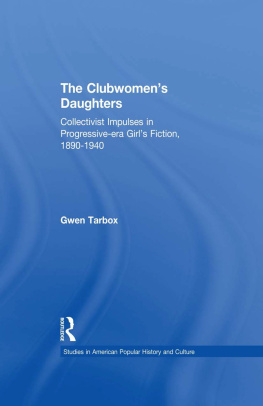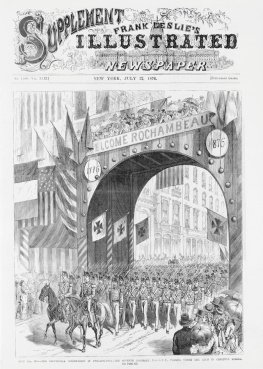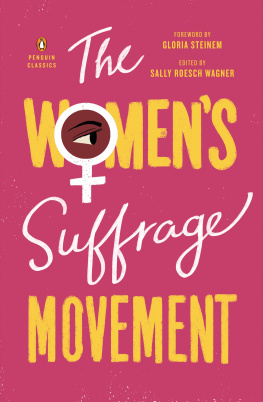G ARLAND S TUDIES IN
AMERICAN POPULAR HISTORY AND CULTURE
edited by
JEROME NADELHAFT
U NIVERSITY OF M AINE
A GARLAND SERIES
First Published 2000 by Garland Publishing, Inc.
Published 2013 by Routledge
2 Park Square, Milton Park, Abingdon, Oxon OX14 4RN
711 Third Avenue, New York, NY 10017 USA
Routledge is an imprint of the Taylor & Francis Group, an informa business
Copyright 2000 by Gwen Athene Tarbox
All rights reserved. No part of this book may be reprinted or reproduced or utilized in any form or by any electronic, mechanical, or other means, now known or hereafter invented, including photocopying and recording, or in any information storage or retrieval system, without written permission from the publishers.
Library of Congress Cataloging-in-Publication Data
Tarbox, Gwen Athene.
The clubwomens daughters : collectivist impulses in
Progressive-era girls fiction/Gwen Athene Tarbox
p. cm. (Garland studies in American popular history and culture)
Includes bibliographical references (p.) and index.
ISBN 0-8153-3537-7 (alk. paper)
1. Childrens stories, AmericanHistory and criticism. 2. Girls in literature. 3. Young adult fiction, AmericanHistory and criticism. 4. Feminism and literatureUnited States History20th century. 5. Literature and societyUnited StatesHistory20th century. 6. Women and literatureUnited StatesHistory20th century. 7. Women authors, American Political and social views. 8. GirlsUnited StatesBooks and reading. 9. Feminist fictionHistory and criticism. 10. CollectivismUnited StatesHistory. 11. Community life in literature. 12. Progressivism in literature. 13. Clubs in literature. I. Title. II. Series
PS374.G55 T37 2000
813.4099827dc21
00-035331
ISBN 978-1-315-80493-4 (eISBN)
For my parents, Raymond and Nan Tarbox and for my grandmother, Audrey L. Jordan
Contents
I am very grateful to the many people who helped me while I worked on this project. At Purdue University, my advisor Professor Wendy Stallard Flory was both a mentor and a friend who spent countless hours with me discussing my research goals and reading my dissertation drafts. I am also grateful to Professor Leonard N. Neufeldt for encouraging me to examine childrens literature from the perspective of American Studies and for providing me with such valuable feedback on this and on other projects. Professors Robert P. Lamb, Margaret M. Rowe, Cheryl Z. Oreovicz, Susan Curtis, Edward Lauterbach, Ann Astell, and P. Jane Splawn all worked with me at various stages of the dissertation writing process, and I am grateful for their advice and fellowship.
The research foundations at Purdue University and at California State University, Hayward provided me with research grants and release time while I worked on this project. I also owe a debt of gratitude to the library staff at both universities and at Western Michigan University for their assistance in tracking down books that were long out of print and difficult to locate. At Garland Publishing, Dr. Nadelhaft, Richard Koss, and Mark Henderson were all extremely helpful.
The members of the Purdue University Nineteenth Century Women Writers Group Beverly Reed, Rebecca Saulsbury, Whitney Womack, Anne Boyd, and Lorie Damon provided me with a true sense of the collectivist impulse. Our conference trips, weekly meetings, and frequent parties transformed the dissertation writing process into a surprisingly enjoyable experience. I would also like to thank Suzanne V. Buffamanti, Alaknanda Bagchi, Cicely Cobb, Jill Quirk & Family, Lisa Hartman, Karl Brandt, Cynthia Stohl, George Van Scoyoc, Irwin Bud Weiser, Mera Neufeldt, David Flory, the CETA committee, and all of my dear friends in Indiana, California, Michigan, and New York for their welcome suggestions and close readings of portions of this text.
Finally, I would like to express my heartfelt gratitude to my parents, my grandmother, the McCall, Ahlers, and Jordan families, Suzanne E. Szucs and Robert B. Peters for sharing with me a love of reading and of history.
The Clubwomens Daughters
Collectivist Impulses in Progressive-Era Girls Fiction
In the fall of 1876, Harriot Stanton entered Vassar College, expecting to be transformed by lively debate with her peers and to be challenged in matters of political significance by her professors. A few weeks later, she wrote an angry letter home, labeling the famed womens college a slough of despond, in which students were discouraged from taking any interest in [their] own political freedom.
Instead, Mrs. Stanton had instructed her daughter in the finer points of grassroots activism and collectivist behavior. Harriot Stanton was a clubwomans daughter, the inheritor of a powerful and influential legacy.
By the latter half of the nineteenth century, the clubwomens movement was a vital part of the American cultural landscape. Although the majority of its constituents belonged to literary, charitable, or social groups, a growing number of women had chosen to agitate for womens rights under the auspices of such reform-minded organizations as the National Woman Suffrage Association. In either case, clubwomen had learned that only through strength of numbers could they gain access to traditionally-male pursuits and activities. In this sense, they were following what historian Gerda Lerner has termed the long American tradition [of developing] communal solutions to social problems
The question that framed many a dialogue among nineteenth-century clubwomen was how to promote the benefits of female collectivism to those young women who were not fortunate enough to have clubwomen in their families upon whom they could model their behavior. Instead, Brown chose to provide her characters with strategies that would enable them to pursue careers in traditionally-male fields.
The heroines of Two College Girls , Edna Howe and Rosamund Mills, are opposites in temperament and background, yet as they become part of the Vassar College community, they learn to put aside their differences and to support each others academic and professional ambitions. At one point in the narrative, Edna and Rosamund become infuriated when their friend May shows them a passage from Henry James Portrait of a Lady . Will you listen to this! May cries, Most women do with themselves nothing at all; they wait, in attitudes more or less gracefully passive, for a man to come their way and furnish them with a destiny (7). No longer willing to listen to such cultural arbiters as the renowned Mr. James, Rosamund goes on to become a medical doctor and credits the support of her friends for her success.
By emphasizing the importance of female collaboration and support, Helen Dawes Brown began a revolution in girls fiction that would span fifty years and alter the way that Progressive-era girls viewed themselves, their peers, and their cultural and economic opportunities. In 1893, Two College Girls was in its fourteenth edition and had been joined by hundreds of texts written by other clubwomen authors who had discovered an effective medium for broadcasting social and political messages to the next generation of young women. Working independently, yet informed by the same traditions, they created heroines who lived their lives beyond the limited realm of the domestic sphere.
In impulse and why publishers were equally eager to provide them with a continuous stream of fiction written in that vein.
In Perhaps the most significant feature of this womens space was its privacy. In real life and in fiction, most Progressive-era womens colleges were located out of public view. Working within a community of supportive peers and female role models, college heroines were allowed to practice traditionally-male occupations and pursuits without drawing criticism and without experiencing cultural isolation. Upon graduation, many of the heroines made the move into the professions, a testimony to the effectiveness of a same-sex college environment.

